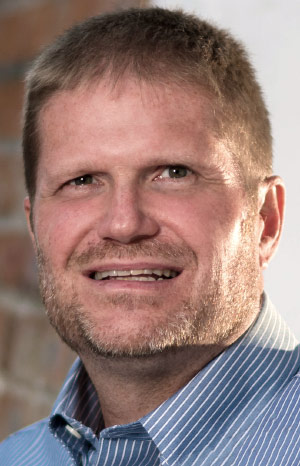


|
||
|
||
Recently, Bert Hubert wrote of a growing problem in the networking world: the complexity of DNS. We have two systems we all use in the Internet, DNS and BGP. Both of these systems appear to be able to handle anything we can throw at them and “keep on ticking.”
But how far can we drive the complexity of these systems before they ultimately fail? Bert posted this chart on the APNIC blog to illustrate the problem —
I am old enough to remember when the entire Cisco IOS Software (classic) code base was under 150,000 lines; today, I suspect most BGP and DNS implementations are well over this size. Consider this for a moment—a single protocol implementation that is larger than an entire Network Operating System ten to fifteen years back.
What really grabbed my attention, though, was one of the reasons Bert believes we have these complexity problems—
DNS developers frequently see immense complexity not as a problem but as a welcome challenge to be overcome. We say ‘yes’ to things we should say ‘no’ to. Less gifted developer communities would have to say no automatically since they simply would not be able to implement all that new stuff. We do not have this problem. We’re also too proud to say we find something (too) hard.
How often is this the problem in network design and deployment? “Oh, you want a stretched Ethernet link between two data centers 150 miles apart, and you want an eVPN control plane on top of the stretched Ethernet to support MPLS Traffic Engineering, and you want…” All the while the equipment budget is ringing up numbers in our heads, and the really cool stuff we will be able to play with is building up on the list we are writing in front of us. Then you hear the ultimate challenge—“if you were a real engineer, you could figure out how to do this all with a pair of routers I can buy down at the local office supply store.”
Some problems just do not need to be solved in the current system. Some problems just need to have their own system built for them, rather than reusing the same old stuff because, well, “we can.”
The real engineer is the one who knows how to say “no.”
Sponsored byCSC

Sponsored byIPv4.Global

Sponsored byVerisign

Sponsored byVerisign

Sponsored byDNIB.com

Sponsored byWhoisXML API

Sponsored byRadix
